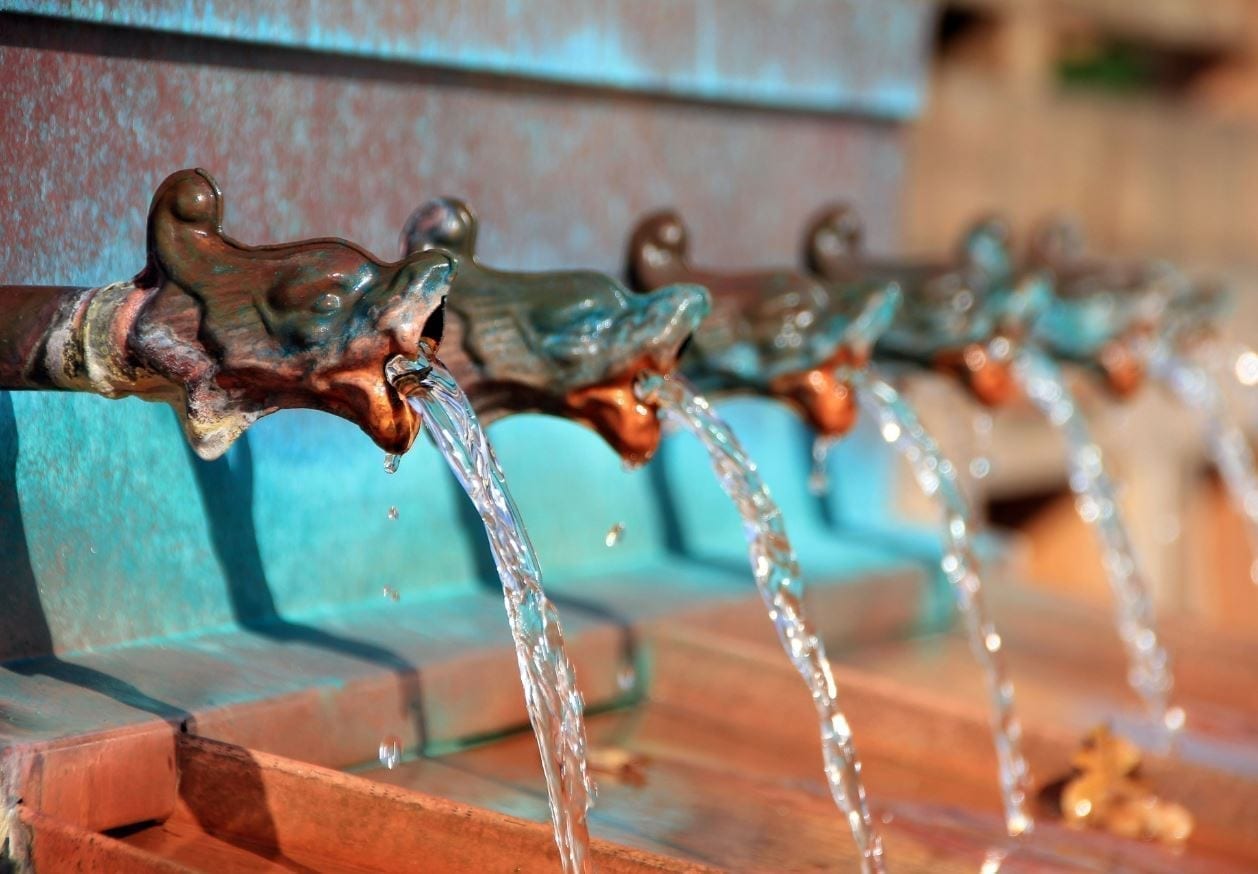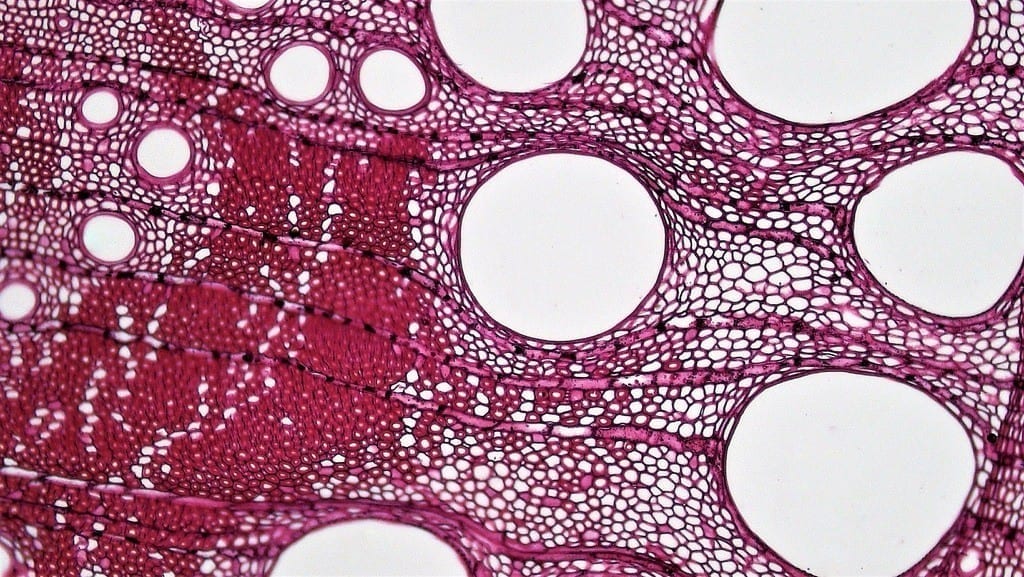
Photo: Pixabay
A new technique to make cheaper more efficient biological enzyme hybrids could have valuable applications in future water recycling, targeted drug manufacturing and other industries, Flinders University green chemistry researchers say in a new publication.
The model enzyme system, which immobilises a catalyst enzyme hybrid for continuous flow use in the high-speed vortex fluidic device, showed a 16-fold increase in its efficiency, the researchers say in American Chemical Society journal, ASC Applied Materials & Interfaces.
Flinders Professor of Clean Technology Colin Raston, from the Flinders Institute for Nanoscale Science and Technology, with collaborator Professor Greg Weiss at University of California Irvine and other researchers around the world, have extensively used the vortex fluidic device in a wide range of applications – many of which promise to open new frontiers in clean manufacturing and even new industries.
Lead author on the new paper, Flinders University research associate Dr Xuan Luo, says the cost and limited life of enzymes hinders development of enzyme-based biosensors and most enzymes are made inactive during the assay process so cannot be separated for reuse.
“We used an inorganic composite to trap the enzyme on the surface of the vortex fluidic device, essentially making a ‘mini factory’ where the enzyme was reused under continuous flow,” Dr Luo says.
“The technique uses the minimum amount of enzyme, which is less expensive, and monitors the reaction in real-time, also saving time and money on reagents.”
Professor Raston, a finalist for South Australian Scientist of the Year 2020, says the paper demonstrates four applications of the vortex fluidic device – fabrication, immobilisation, continuous flow and real-time monitoring.
“In this study, we were able to generate and immobilise laccase nanoflowers into silica hydrogel to greatly simplify the fabrication process, and allow saving of both time and money, along with the ability to reuse the enzyme for further reactions,” says co-author Professor Raston says.
“The next steps will be to test the model system with actual samples such as wastewater, and also use this same immobilisation system with other enzymes to see if their efficiency is increased.”
The paper describes the immobilisation of hybrid protein-Cu3(PO4)2 nanoflowers to create a new laccase nanoflower immobilisation platform, LNF@silica, which subsequently increased the enzyme efficiency by 16 times and allowed assay monitoring in real-time.
The Latest Updates from Bing News & Google News
Go deeper with Bing News on:
Efficient biological enzyme
- Researchers target neurogenesis in new approach to treat Parkinson's disease
Researchers at the University of Toronto have found a way to better control the preclinical generation of key neurons depleted in Parkinson's disease, pointing toward a new approach for a disease with ...
- Universal Donor Blood Is A Step Closer Thanks To Enzyme Discovery
"For the first time, the new enzyme cocktails not only remove the well-described ... "Universal blood will create a more efficient utilization of donor blood, and also avoid giving ABO-mismatched ...
- How Gut Bacteria Could Pave the Way to Universal Donor Blood
Blood is crucial to healthcare; as the population of the world ages, more medical procedures are being performed and the demand for donor blood is rising... | Cell And Molecular Biology ...
- Novonesis AS's Dividend Analysis
As investors look forward to this upcoming payment, the spotlight also shines on the company's dividend history, yield, and growth rates. Using the data from GuruFocus, let's look into Novonesis AS's ...
- Bacterial enzyme strips away blood types to create universal donor blood
Using enzymes produced by a bacteria that almost everyone has in their gut, researchers have removed the antigens from red blood cells that determine blood type, putting us within reach of producing ...
Go deeper with Google Headlines on:
Efficient biological enzyme
[google_news title=”” keyword=”efficient biological enzyme” num_posts=”5″ blurb_length=”0″ show_thumb=”left”]
Go deeper with Bing News on:
Green chemistry
- ‘Bad actors’ dominate new chemistry journal’s editorial board, critics allege
When François-Xavier Coudert came across a brand-new chemistry journal launched by the reputable publisher Taylor & Francis, he decided to check out the people who are running it. He recognized two ...
- Imtiaz Ali Comments On Deepika Padukone-Ranbir Kapoor's Chemistry In 'Tamasha' Post Their Breakup
Imtiaz Ali sheds light on Ranbir Kapoor and Deepika Padukone's chemistry reflected on-screen for their film, 'Tamasha' post their breakup.
- Grace Kim and Hannah Green tied for lead in LPGA LA Championship
Grace Kim stumbles to a five-over 76 in the third round of the LPGA JM Eagle LA Championship but manages to hold on to a share of the lead.
- Scientists are shaking up lithium extraction with a different kind of chemistry
When people think of chemistry, the image that typically comes to mind is a variety of colored liquids in beakers, flasks, and test tubes in a lab. But in actual practice, chemistry can involve ...
- Proposals sought for grants for green chemistry pharma research
The ACS Green Chemistry Institute Pharmaceutical Roundtable is seeking to fund research to advance green chemistry solutions to key challenges in pharmaceutical process development and production.
Go deeper with Google Headlines on:
Green chemistry
[google_news title=”” keyword=”green chemistry” num_posts=”5″ blurb_length=”0″ show_thumb=”left”]










